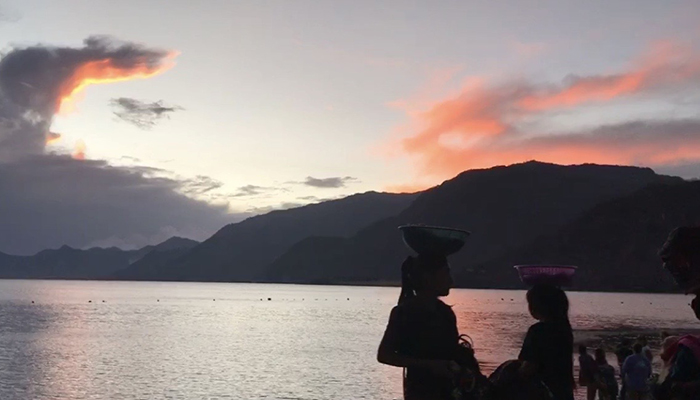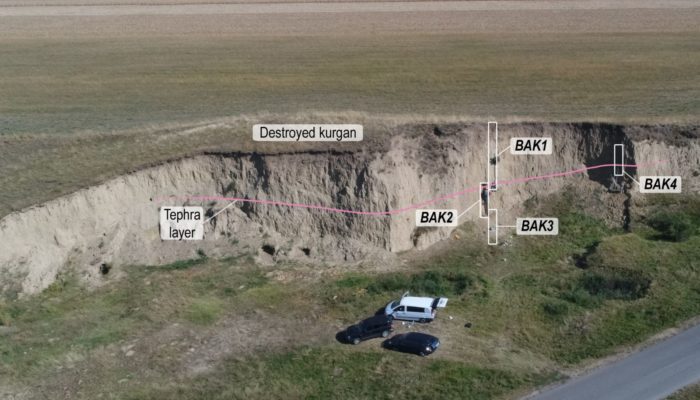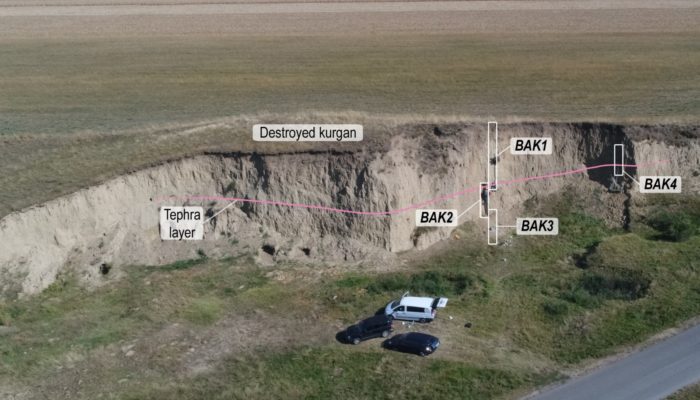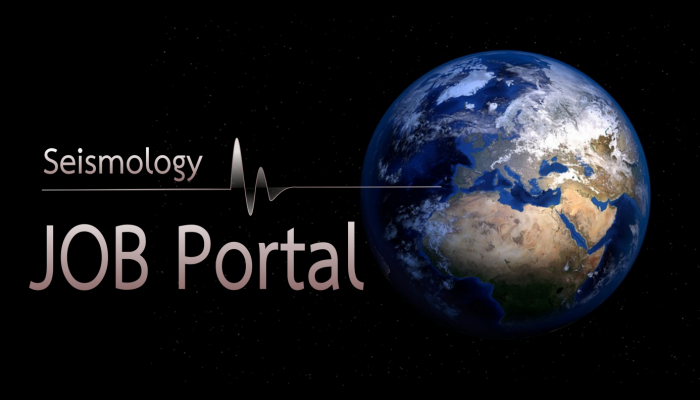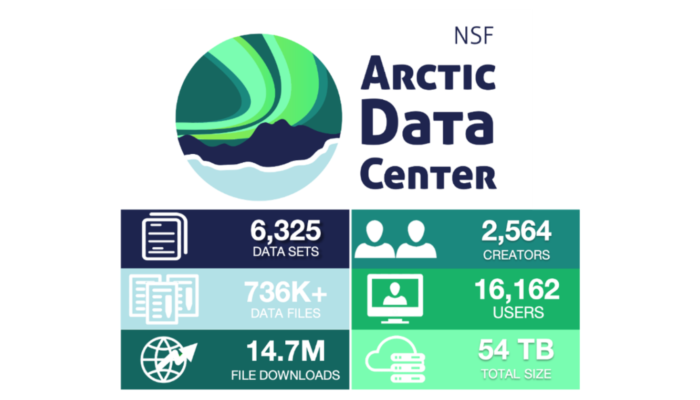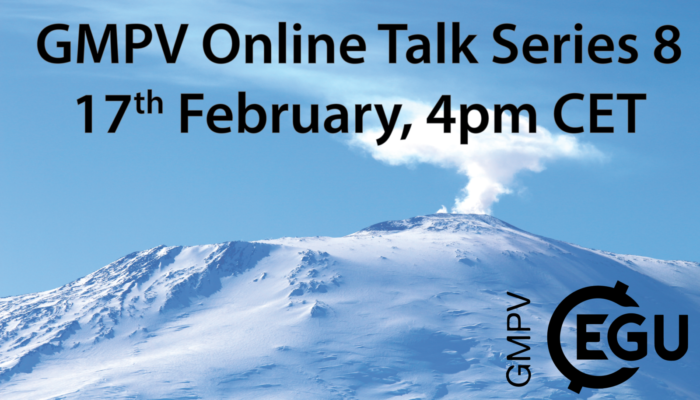In my previous blog, I highlighted that public engagement needs to go beyond traditional approaches such as lectures, since these tend to only attract audiences who are already highly interested in science. However, our science is relevant to (and funded by) everyone, so we have a duty to engage beyond simply this “scientific echo chamber”. But how do you even approach attempting this? It seems li ...[Read More]
Geodynamics
Carbon in the cloud
If I asked you about what your carbon footprint is, your mind might jump to the food choices you make when at the supermarket, or how many conferences you fly to when you could get a train (well, not now, but you know, back in ye olden days). In this week’s post, Eoghan Totten, a PhD student at the University of Oxford, discusses the potential “hidden” impacts on your contributio ...[Read More]
Hydrological Sciences
Equity, Diversity, and Inclusivity amidst COVID-19
How to really engage with marginalized stakeholders A few weeks ago, I was having a conversation with a couple of researchers, as myself, working on stakeholder engagement in STEM. Many talked about how the digital transformation, imposed by the pandemic, might be a bumpy ride at first. But, once we adapt to engaging stakeholders remotely, organization and implementation can be done even more effi ...[Read More]
Stratigraphy, Sedimentology and Palaeontology
What’s my age again? Comparing dating methods in loess
As you have learned from our previous posts, loess is a widespread terrestrial sediment, known to be an important archive for the changes of past environmental and climatic conditions. In order to use loess as a proxy, we first need to investigate the age of the sediments. In loess, different dating methods can be used, such as luminescence dating, radiocarbon dating, magnetic stratigraphy, and or ...[Read More]
Climate: Past, Present & Future
What’s my age again? Comparing dating methods in loess
As you have learned from our previous posts, loess is a widespread terrestrial sediment, known to be an important archive for the changes of past environmental and climatic conditions. In order to use loess as a proxy, we first need to investigate the age of the sediments. In loess, different dating methods can be used, such as luminescence dating, radiocarbon dating, magnetic stratigraphy, and or ...[Read More]
Seismology
Seismology Job Portal
On this page, we regularly update open positions in Seismology for early career scientists. Do you have a job on offer? Contact us at ecs-sm@egu.eu Please, note that other available research positions are displayed on the EGU Jobs Portal. Special Thanks to Eric Löberich for researching job postings for the ECS.
Seismology
“State of the ECS”: Lessons learned
Michaela here. I’m sure I’m not the only one around here who falls into a bit of a motivation pit from time to time. So, I put quite a lot of hope into January: start the new year with a bang and get right back at work. Of course, that didn’t really work as well as I made it out in my head. Do you know the feeling when you don’t really do much because you just can’t bring yourself to work o ...[Read More]
Cryospheric Sciences
Did you know there’s a place to Find, Discover, & Download Arctic Data? Meet The Arctic Data Center!
Getting data from the Arctic is often difficult and expensive – instead, stand on the shoulders of giants and investigate over 6000 datasets preserved for future download and reuse in the Arctic Data Center! Read on for more information about the Arctic Data Center and the data contained therein. The Arctic Data Center is the primary data repository for the Arctic section of the US National ...[Read More]
Geodynamics
The Sassy Scientist – Choose Your Mantle Game
Lockdown rumination resulted in new research ideas for Amélie. Her quests at the intersection of multiple subfields left her wondering: How to write an interdisciplinary proposal? Dear Amélie, I salute your efforts at bringing together multiple disciplines to tackle some of humanity’s most urgent questions regarding planetary interiors. I am myself an interdisciplinary scientist and a polyma ...[Read More]
Geochemistry, Mineralogy, Petrology & Volcanology
GMPV ECS online talks: Wednesday 17th February 4pm CET
The 8th edition of the Geochemistry, Mineralogy, Petrology and Volcanology division’s early career scientists talks (a part of the EGU Campfires) will be on Wednesday 17th February 4pm CET! Our speakers are: Andres Sandoval (PhD Student @ University of Palermo) – The composition of fluids stored in the Central Mexican lithospheric mantle: inferences for noble gases and CO2 in mantle xenoli ...[Read More]


